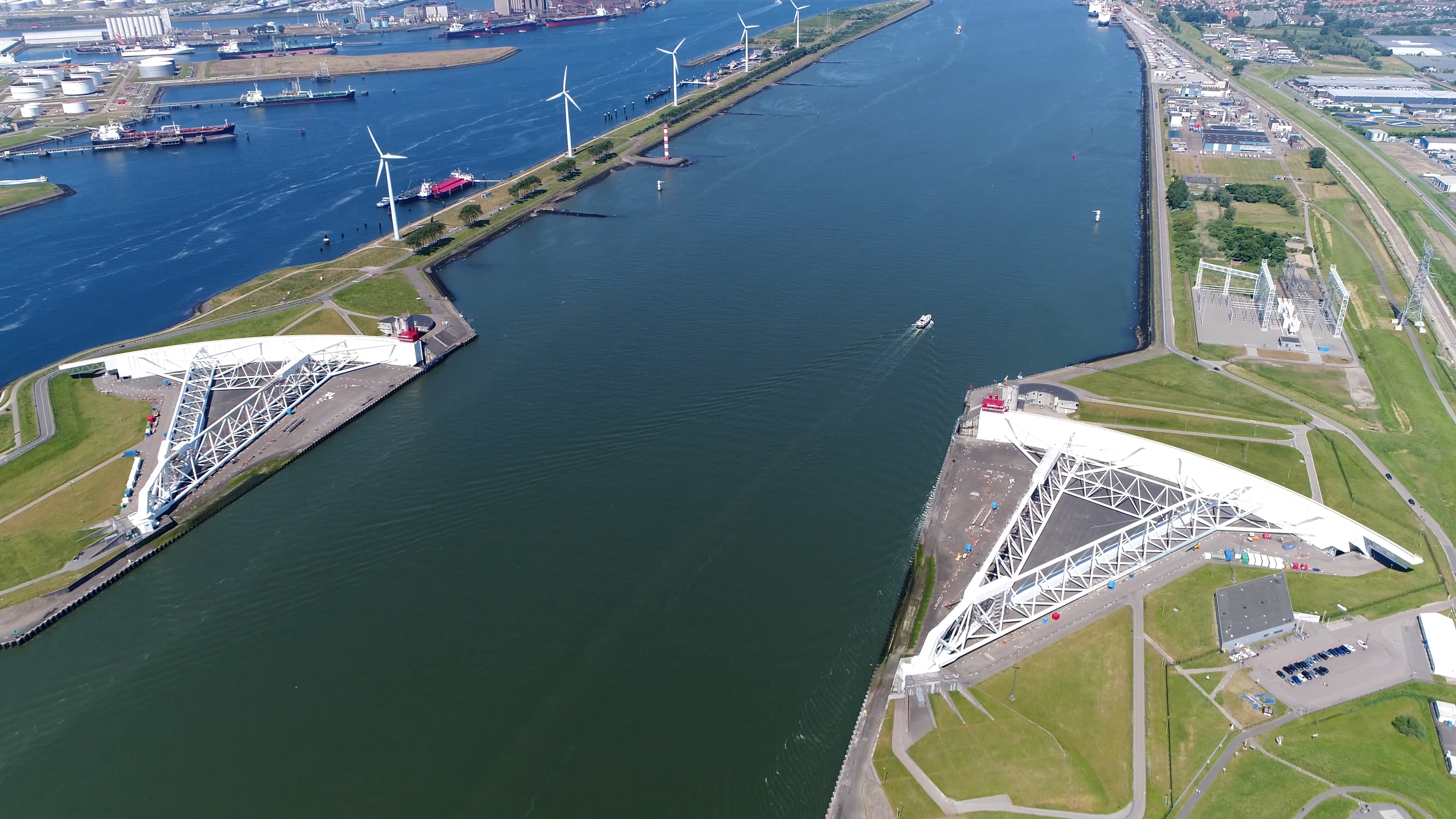Formal verification of PLC software
We offer advanced tools and services to verify Programmable Logic Controller (PLC) software with mathematical rigour — far beyond the capabilities of traditional testing methods.
Verifying the most critical infrastructure
Programmable Logic Controllers operate in critical domains, making consequences of software defects potentially severe: endangering lives,
harming the environment, or disrupting vital services. This makes our clients spanning a broad range of industries that share a single concern:
the risk of incidents caused by PLC software defects.
Energy sector
PLCs control wind farms, smart grids, and power plants. Formal verification of their software contributes to safeguarding the reliability of energy systems.

Storm surge barriers
Storm surge barriers defend millions from flooding. Reliability is the cornerstone of their civil engineering. The PLC software controlling them demands the same rigour — achieved through formal verification.

Railway
Railways rely on PLCs for signalling, interlocking, and level crossings. Even a single defect can endanger lives. Formal verification provides high assurance that these safety-critical systems behave as intended.

Petrochemicals
Petrochemical plants depend on PLCs to control pumps, valves, and emergency shutdowns. Defects in these systems can lead to explosions or toxic leaks. Formal verification provides the rigour these systems demand.

Canal locks
PLCs control the gates and sluices that keep canal locks operating safely. A software defect could halt shipping routes or cause accidents. Safe passage depends on PLC software as much as on concrete and steel.

Manufacturing
PLC software defects in manufacturing can halt production, damage equipment, and disrupt entire supply chains. Formal verification reduces the risk of costly downtime.

Amusement rides
Amusement rides operate under strict safety regulations. Proving compliance requires more than testing alone. Formal verification provides confidence that PLC software satisfies the highest safety requirements.

Water & wastewater
Water — essential to survive. Depending on PLC software for many steps in treatment and distribution. Protecting public health and the environment starts with reliable control software.

The benefits of formal verification
With traditional program testing, one can only test a limited number of scenarios. As a result, software defects can slip through unnoticed. In contrast, formal verification uses mathematical techniques to exhaustively verify that a PLC program behaves correctly in all possible situations — including edge cases no human tester could foresee.
Our tools & services
Our toolset offers a practical way to apply formal verification to real-world PLC software. Engineers provide their PLC programs and (formally expressed) requirements. We then use model checking to verify whether the program satisfies these requirements — exhaustively and with mathematical precision. While the tooling is designed for clients and engineers to use independently, we offer a broad range of services to help you integrate and scale it effectively, including:
- Identifying and formalising the critical requirements of your PLC programs
- Extending and optimising the toolset for your specific needs
- Root cause analysis when requirements are not satisfied
- Structured reporting to support internal documentation, compliance, and auditability
With a strong background in industrial automation, we speak your language. This enables us to work closely together, making verification practical, fast, and insightful.
Contact us and book a demo
Please contact us at info@indubyte.com for more information and to receive a demo of our toolset and offerings.